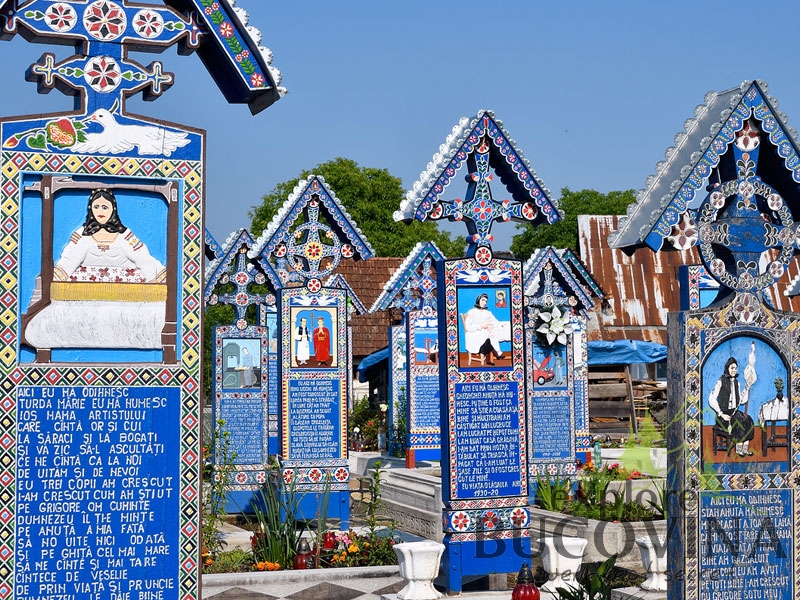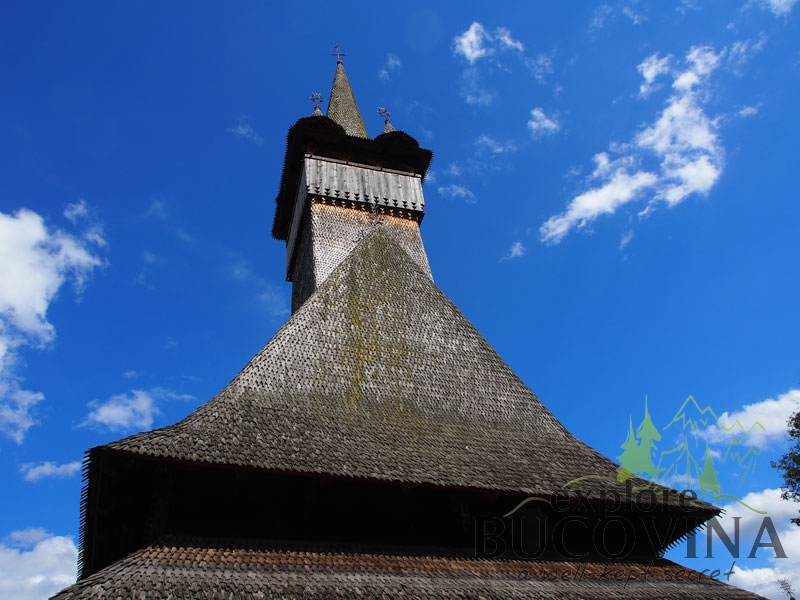
Maramures Tour
Availability - All year round
Time - 2 days
Distance - 430km – 720km of scenic roads and beautiful landscapes
Group size - from 2 to 7 or private
Price range - 100 - 180 Euro/ person
Maramures tour itinerary:
Day 1:
Itinerary:
Day 2:
Maramures tour price:
1 pers - On request
2 pers - 195 Euro/person
3 pers - 140 Euro/person
4-7 pers - 120 Euro/person
What's included:
- Licensed english speaking tour guide;
- Private transportation with modern vehicle (AC);
- Pick up and drop off from your hotel.
- 24/7 Assistance
Not included:
- Accomodation in a lovely homestay in Botiza village with half-board: dinner&breakfast with local products;
- Lunch;
- Entrance fees;
- Personal expenses.
Maramures Tour description:
Maramures Tour is a 2 - day private tour that will allow you to step back in time and discover the soul of rural Romania. The region of Maramures preserved the culture, traditions, and lifestyle of the peasants from a romantic era of simplicity, pride, and moral values.
To get to Maramures we will travel on picturesque mountain roads, rolling hills with meadows full of wildflowers, and charming small villages. Once there you will be impressed by the Wooden Churches (UNESCO World Heritage), with their "maramuresan Gothic" architectural style, they can reach more than 50 meters (165 ft) with their interiors painted with biblical scenes in a naif style by the local painters in the 17th and 18th centuries.
Maramures is a very unique region and you will be very surprised when you will discover the Merry Cemetery of Sapanta, a one of a kind cemetery with its vivid colors, where each cross has different carved images and a short poem written in the first person, like a confession or a life story.
To have a complete experience in Maramures Tour you must try the traditional dishes, meet the locals and learn more about the traditional crafts. In order to do all these things, we recommend choosing a homestay in a small village instead of a hotel.
Tour FAQ:
Is this a private or a group tour?
Usually this is a private tour. However if we have specific requests from our guests we can provide a small group tour or a shared tour.
What time do tours start?
The best time to start this tour is 09.00 am, but we can also start at a mutually agreeded time.
Which are the pick-up and drop-off places?
We can pick-up you at your hotel or any other point in Suceava city and dop-off you at your hotel in Sighet or Suceava and not only.
How long does the tour take?
The tour takes approximately 2 full days but we can adapt to fit 100% your individual requirments.
How should I dress?
There is no formal dress code.
When do I have to pay?
You have to pay 30% in advance (wire transfer) and 70% you will pay to the tour guide when you will start the tour.
What currency can we use?
For our tours we accept both Euro and the local currency known as Leu or Ron, but for all the other expences we recommend to use the local currency.
The homestay is the only option for the accommodation?
No, that is what we recommend but if you don't like the idea of a homestay we can chose a 3 or a 4 stars hotel.
When is the best time of the year to visit Romania and Maramures region?
We recommend taking advantage of any chance to visit us, since each season is great in its own way to visit Romania.
Optionals:
Remember all our tours can be customized to fit 100% your individual requirements.
- Young Ladies wearing the traditional “maramuresan” clothing in church for the Sunday service
- The unique Merry Cemetery – Sapanta, Maramures – Romania
- The memorial of the victims of the comunism – Sighet, Maramures – Romania
- Traditional wooden churches in Maramures
- Spirituality in Maramures – Barsana Monastery
- Maramures landscape
- Naif painting inside wooden church – Maramures – Romania
- Lovely traditional woodend house with lovely flours – Maramures – Romania
- Barsana Monastery – Maramures – Romania








